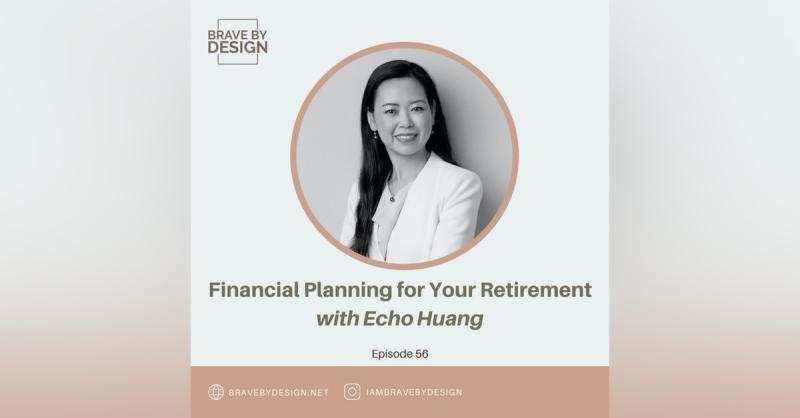Is It Better to Give than to Receive? Answer: BOTH!
When you’ve reached a point where your wealth management strategies have paid off, and you are comfortable in life, giving back is something you can do that will bring a great sense of fulfillment to your life and allow you to leave a legacy in the community, people, and causes you care about.
However, there is still a lot of confusion about giving and ways to give. Most people write a check and fail to benefit from the tax reduction opportunities to maximize the good they are going to do for themselves and for their charity of choice.
Charitable giving can give you a sense of satisfaction that can enrich your life. Charitable giving is a win-win experience.
Let’s now explore a few best practices in charitable giving.
What Is Charitable Giving?
A charitable donation is a gift made by an individual or an organization to a nonprofit organization, charity, or private foundation. Charitable donations can be made in cash, real estate, motor vehicles, appreciated securities, or other assets or services. It does not include giving gifts to your friends or family.
You cannot, for example, donate $1,000 to your dog, but you can donate that money to an animal rescue organization. From a personal financial planning perspective, contributions to a charity can be deducted on your income tax returns if you choose itemized deductions instead of standard deductions. However, based on the recent CARES Act, up to $300 per taxpayer ($600 for a married couple) in annual charitable contributions is available to people who take the standard deduction (for taxpayers who do not itemize their deductions). It is an “above the line” adjustment to income that will reduce a donor’s adjusted gross income (AGI), and thereby reduce taxable income.
People often think that to give charitably and reduce significant taxes, they must set up a private foundation. That is not the case. There are far more feasible options available, which I detail in my book, Own Your Future.
Other people think that they don’t have enough money to make charitable donations, but there are ways to give as little as $1,500 per year. Creating a small scholarship fund is one option. Additionally, being able to give clothes, household goods, or other valuables should not be discounted.
These are all deductible and can be listed on Schedule A of your federal tax return. You can save yourself several hundred dollars in taxes from this simple practice of non cash donations, as long as you keep good records, and you can benefit the recipient in the process.
Unfortunately, people do make mistakes when giving of their money and assets. Let me show you five common mistakes most people make when gifting. Then I will outline the nine best practices for giving that will help you reach your gifting goals.
Five Common Giving Mistakes
People often reach a point in their life where careful planning has led them to a place where they can afford to give back and have the desire to do so. Unfortunately, they can oversimplify the process and make the following mistakes that don’t maximize the benefit of their gift.
1. Donating tax-inefficient assets, using checks, payroll deductions, or credit cards
2. Not keeping track of donations, disorganization, or frustration
3. Selling appreciated assets without tax planning or charitable giving planning
4. Rushing to make donations at the end of the year
5. Giving stock in too-small amounts
Nine Best Practices for Charitable Giving
There are many practices and strategies available to ensure that you are effective in reaching your giving goals, from setting up special funds, considering alternative beneficiaries on your retirement accounts, and benefiting from charitable contribution deductions while you’re alive. Details of these practices can be discussed with your financial advisor.
1. Gift appreciated securities to avoid capital gains tax – If you have held these securities in your non-retirement accounts for more than a year, you can deduct the full, fair market value of the stocks on your tax return. (So much better than writing a check.)
2. Time your gifts wisely – It’s always wise to time your gifts based on your income expectations (i.e., receiving a large bonus, exercising stock options, or selling your business for a profit).
3. Name a charity as the beneficiary of your retirement plan – Instead of naming an individual, name a charity as the beneficiary of one of your retirement plans, and it will receive 100 percent of the funds because it’s tax-exempt. It’s more tax-efficient to leave non-retirement assets to individuals as they receive “step-up” basis upon your death.
4. Don’t wait until you die to make gifts – While gratifying, you can also take advantage of income tax deductions and remove more assets from your estate for tax purposes.
5. Gift your IRA assets every year – Due to the required minimum distribution (RMD) from your IRA over age 72, gifting allows you to avoid increasing your tax burden. The SECURE Act made major changes to the RMD rules. If you reached the age of 70½ in 2019 the prior rule applies and had to take your first RMD by April 1, 2020. If you reach age 70½ in 2020 or later, you must take your first RMD by April 1 of the year after you reach 72.
6. Bundle multiple years’ donations—Give multiple years of donations in one year to boost your deductions over the standard deduction and gain higher deductions on your tax return.
7. Set up scholarship funds – This is a great way to support education and help out deserving students.
8. Take advantage of low interest rates with a charitable lead trust – Be sure to talk with your financial advisor if you are interested in trusts as a form of estate planning.
9. Inspire your heirs by setting an example of how you have helped others – Aside from your financial legacy, you can leave a moral legacy.
Once you have achieved financial independence, ask yourself what else your money can do for you. Most people want money to provide security, freedom, and, hopefully, joy. One way to maximize the joy of having money is to support the community, people, and causes about which you care.
Thankfully, statistics show that many people who have reached a place of means are generously thinking about others and seeking ways to increase their well-being. As you can see, charitable giving is not as simple as just writing a check.
You can make a substantial difference in how your wealth is distributed and how others benefit from it if you follow some of these effective strategies.
Remember, you don’t have to wait until you’re wealthy to think about charitable giving. Nor do you have to donate money or assets. You just need a solid strategy that is tailored to your means.
Remember, life is about more than just investing and make the most money possible. It’s also about how to utilize all your resources to maximize your return on life.
What is one of your favorite ways to give? One of mine has been writing my book,
Own Your Future . Tell us your story below and maybe inspire someone else.













